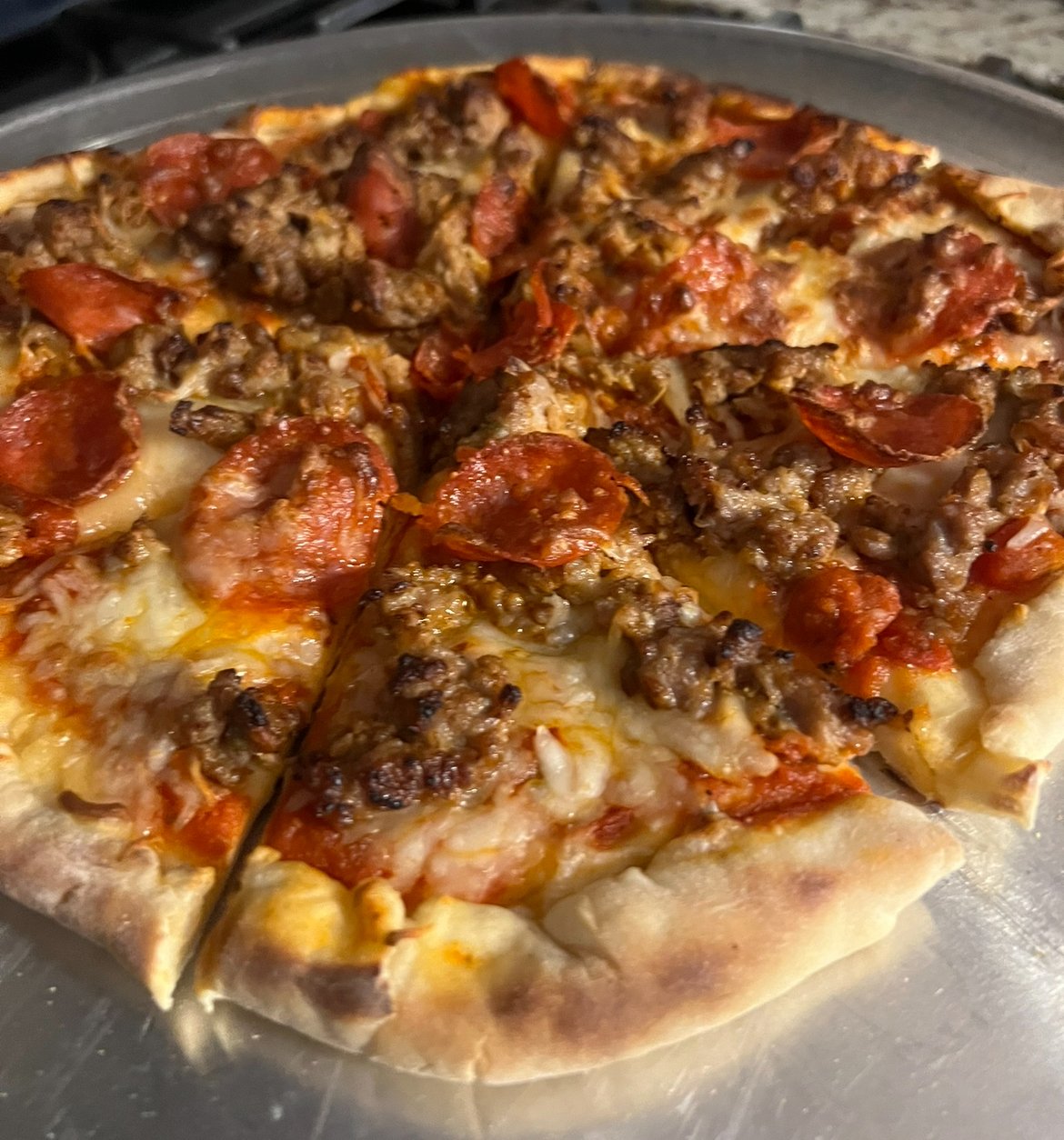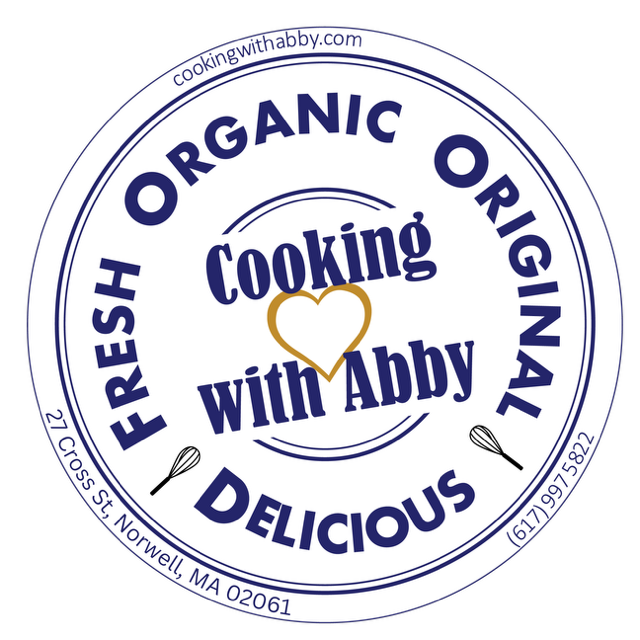Blog







Zoom Classes, College Care Packages, Pies, Private Chef Meals, Recipe & Gratitude
ZOOM COOKING CLASSES: How fun! I have really enjoyed working with individuals and groups near and far via Zoom. The classes are realistic and a great way to connect. We can cook anything, together! I have all kinds of tricks and tips and amazing recipes. We can go with a themed session (6 part series) or one offs.

While YOU are Social Distancing...Online Cooking Classes and Recipes/Cooking Advice
Want some inspiration for dinner? Check out Chef Abby’s BLOG!



